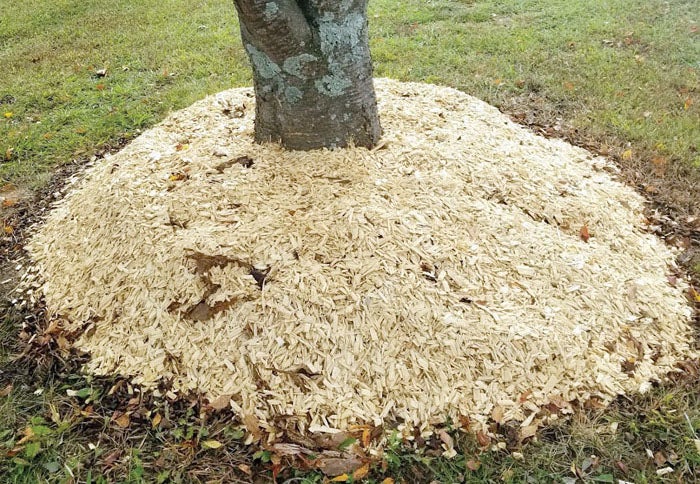Darrell Blackwelder: How to avoid shrub problems
Published 12:00 am Sunday, November 7, 2021

- Too much mulch can cause severe root problems for shrubs.
Fall is an opportune time to plant trees and shrubs as they acclimate at this time to both weather and soil conditions. Unfortunately, it seems there are always one or two shrubs that don’t do well the following spring. It’s not uncommon to have a few shrubs die after a mass planting, however when there are multitudes of declining plants, it may be a planting issue. Below are a few reasons for declining shrubs after planting.
- Watering issues — over- or under-watering newly planted shrubs stresses them to a point they generally will not recover. Water shrubs thoroughly after planting and continue during the fall and winter months as needed. Don’t over-water as this will kill quicker than under-watering. Feel the soil to determine if water is needed.
- Planting shrubs too deeply. Planting a shrub as little as one inch too deep will spell problems later. Make sure the soil is firm and plant the shrubs as level as possible with the top of the plant.
- Over-mulching. It’s now a common practice to add several inches, a foot in some cases, of mulch to trees and shrubs. Adding too much causes severe root problems. Apply 4-6 inches of mulch around tree and shrubs.
- Damage during planting. Often, bark, roots or limbs are damaged during the planting process. The results of the damage may take a year or longer to start plant decline.
- Diseases and other pests. Some soils may have a history of disease and insect problems. Newly planted shrubs often become easy prey for these pests.
- Wrong plants. Many plant trees or shrubs not suited either to our climate or exposure. Make sure plants are adapted for Zone 7-B. Some plants prefer full sun while others exist only in shady locations.
Darrell Blackwelder is the retired horticulture agent and director with the North Carolina Cooperative Extension Service in Rowan County. Contact him at deblackw@ncsu.edu .



